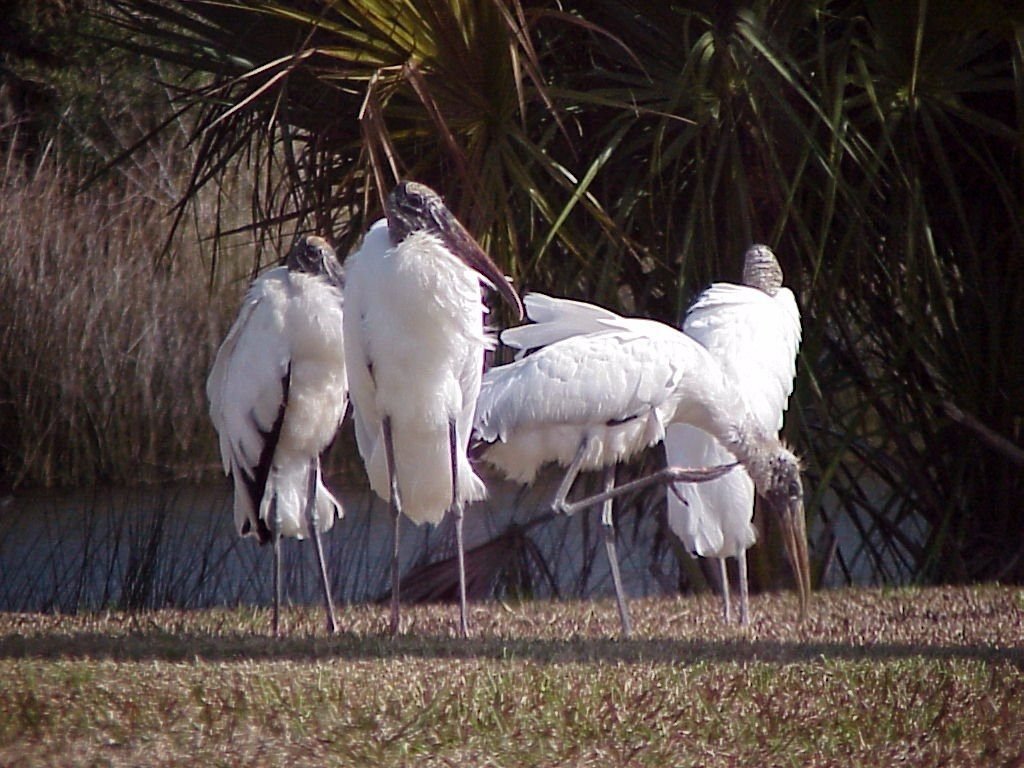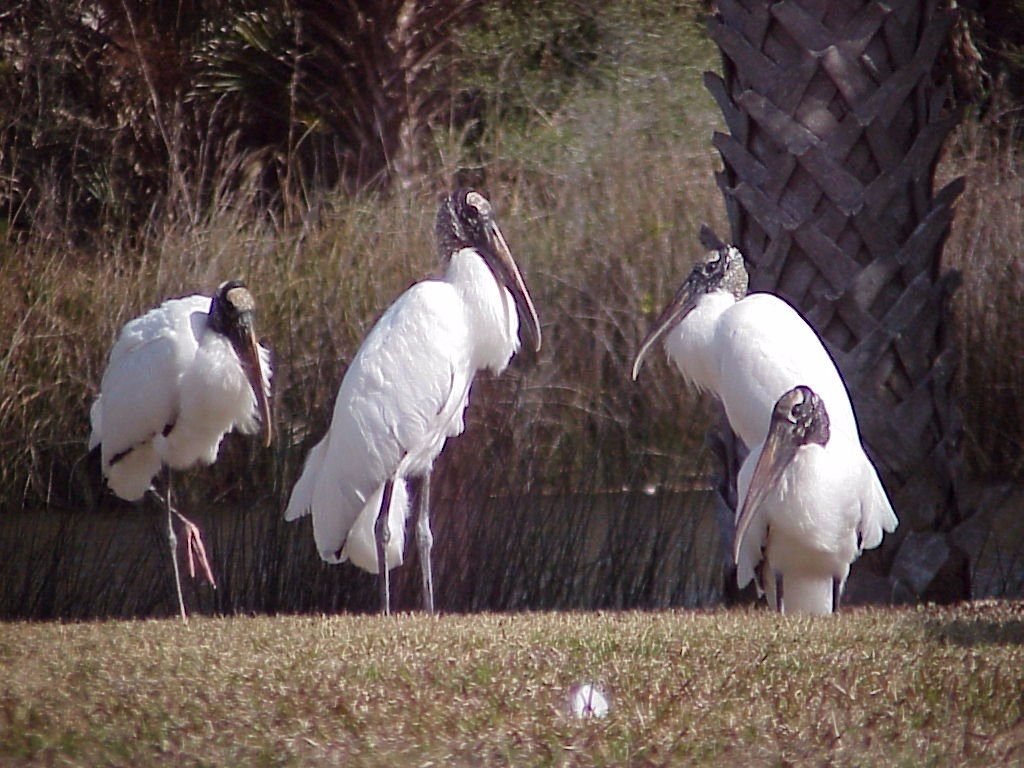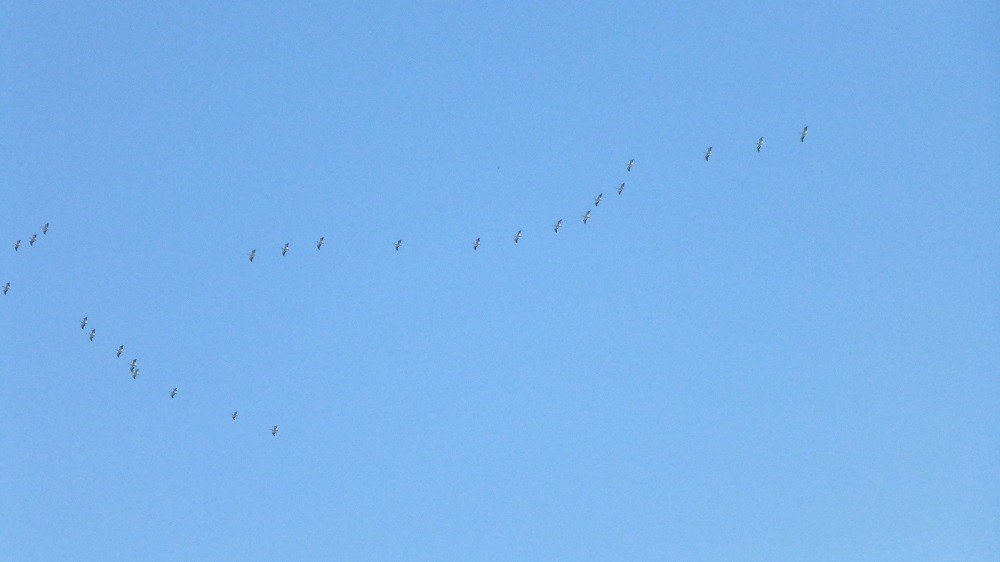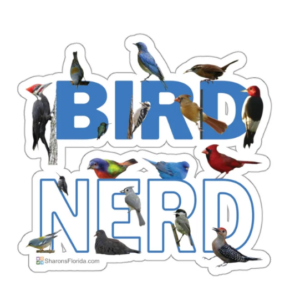Wood Stork

The wetlands of Florida are prime habitat for our only wood stork Mycteria americana. Wood storks are in the Ciconiidae, or stork family.
In North America, two separate wood stork populations exist. The larger population breeds in southern Mexico, dispersing after the nesting season to Texas, Louisiana, Arkansas, Arizona and California. The southeastern population is centered in Florida (the largest populations in Big Cypress and Corkscrew Swamp), with colonies in Georgia and South Carolina. Wood storks are also found in Central America and as far south as northern Argentina.
The wood stork is particularly attracted to low water areas in marshes, swamps, and coastal mangroves where there is a high concentration of fish. It is also attracted to seasonally flooded fields and ditches. Because of its specialized feeding technique it requires a high concentration of fish, its primary food. Feeding generally takes place in shallow water, 10 – 20 inches deep, where the stork moves its partially open bill back and forth through the water feeling for fish. Its bill instantly snaps shut when it touches the prey. This type of feeding is known as grope-feeding or tacto-location. In addition to small fish it will also eat crayfish, crabs, aquatic insects, snakes, baby alligators, small turtles, frogs, rodents, and some seeds and plant material.
The wood stork is a colonial species, and nests in “rookeries”. Sexual maturity is reached at four years of age. Nesting takes place in south Florida from November to January, and central and north Florida from February to April. The nest is a flimsy platform of sticks, lined with twigs, leaves, vines and Spanish moss, and is built in tall cypress trees or mangroves over water for protection from predation. Nests are generally located 80 feet above the water in cypress trees, and 10 to 15 feet above the water in mangroves.

A clutch of 2 to 5 eggs are laid one to two days apart. Incubation is generally 28 to 32 days. Both parents feed and guard the nestlings for the first five weeks of their lives. The fledglings take short flights at eight weeks of age, and leave the nest at approximately eleven weeks. Young storks have yellowish bills and feathered heads and necks until their third summer. A successful nest will generally produce two fledglings. A breeding pair needs approximately 440 pounds of fish to feed themselves and their young. Therefore, droughts and subsequent lower water levels can cause significant nesting failure.
Wood storks are graceful and excellent fliers. They can soar thousands of feet into the air and then glide for miles on thermals or vertical air currents. During flight their head and legs are outstretched.
Due to the specialized feeding techniques of the wood stork it is seriously affected by wetland destruction. Successful nesting depends on an adequate food source. Wood storks are more adversely affected than other wader birds by drainage of wetlands or altered marshes. The widespread loss of wetlands has reduced their numbers. As a result wood storks are a threatened species.

My Etsy Store Items
You Might Also Like: Zebra Longwing



